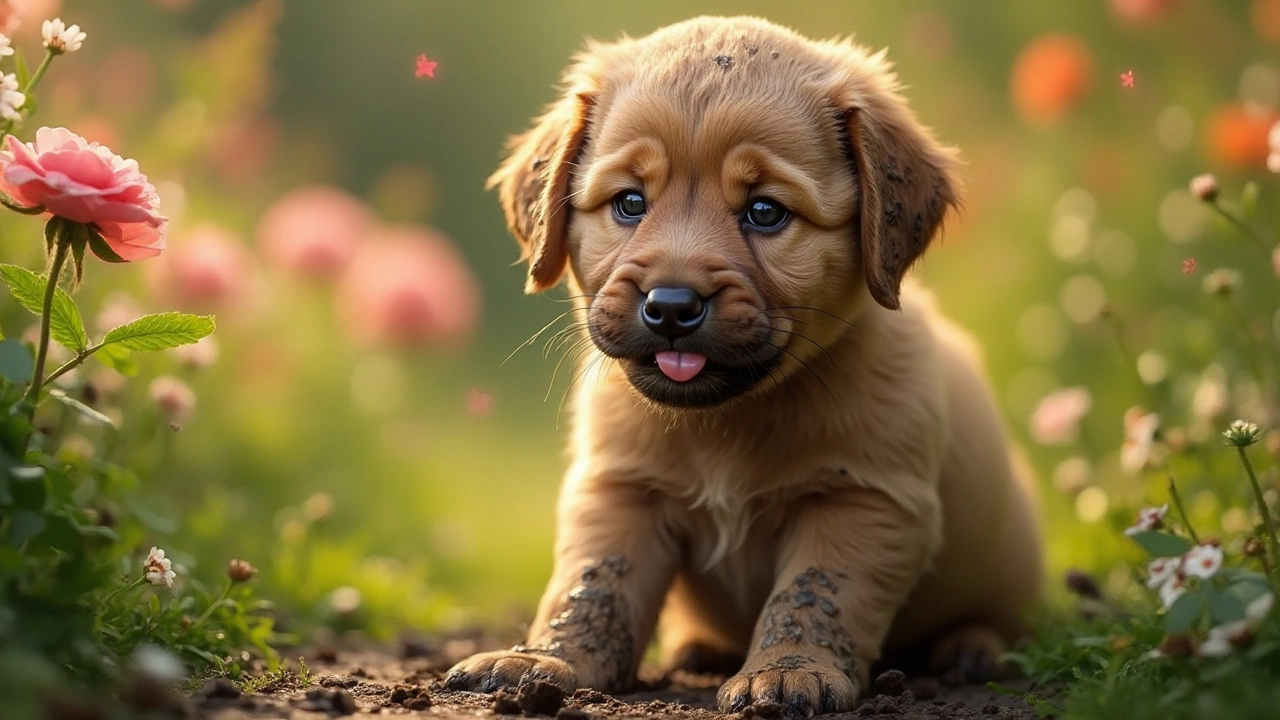Dirty Dog Syndrome: What It Is and How to Fix It Fast
If your dog smells like a wet sock, has crusty skin, or looks constantly matted, you might be dealing with Dirty Dog Syndrome. It’s not a fancy medical term; it’s just a way of saying your pooch’s coat and skin are getting neglected, and that can lead to infections, itching, and even pain.
The problem usually starts when dogs spend a lot of time outdoors, roll in mud, or get caught in rain without a proper wipe‑down. Add in a lack of regular brushing, and you’ve got a recipe for dirt, oil, and dead hair to build up. Over time, the skin can become irritated, bacteria multiply, and you end up with a dog that looks and feels miserable.
What Is Dirty Dog Syndrome?
Think of it as a combo of skin irritation, bad odor, and a coat that’s more static than silky. The main signs are:
- Strong, unpleasant smell that doesn’t go away after a quick wash.
- Visible crusts, scabs, or greasy patches on the skin.
- Excessive scratching or licking.
- Coat that feels sticky or clumped together.
These symptoms often overlap with other skin conditions, so if you see severe redness, swelling, or your dog seems in pain, a vet visit is the smart move. But most of the time, a solid grooming routine can nip the problem in the bud.
Practical Steps to Keep Your Dog Clean
Here’s a straightforward plan you can start today:
- Brush daily. A quick brush removes loose hair, dirt, and distributes natural oils evenly. Use a slicker brush for short coats and a pin brush for longer fur.
- Wipe after outdoor adventures. Keep a pack of pet‑safe wipes in the car or at the door. A quick swipe removes mud and salts that can dry out the skin.
- Give a proper bath every 4‑6 weeks. Use a gentle, pH‑balanced dog shampoo. Rinse thoroughly to avoid residue that can cause itchiness.
- Check ears and paws. Mud often hides in those spots. A cotton ball with a bit of vet‑approved cleaner keeps infections away.
- Watch the diet. High‑quality protein and omega‑3 fatty acids support skin health. Our Galloway Gourmet Dog Treats are made with real meat and fish oils that can help the coat stay shiny.
If you notice any of the red‑flag signs—persistent odor, sores that won’t heal, or constant licking—schedule a vet check. Early treatment prevents bigger problems down the line.
To keep things simple, treat grooming like a daily walk: it’s part of the routine, not a chore. Set a reminder, keep the tools handy, and reward your dog with a tasty treat after each session. You’ll both notice the difference in a week or two.
Now that you know what Dirty Dog Syndrome looks like and how to stop it, you can give your furry friend the clean, comfortable life they deserve. A little attention each day goes a long way—your dog will thank you with wagging tails and fewer trips to the vet.

Understanding Dirty Dog Syndrome: How to Keep Your Pup Clean and Happy
Dirty Dog Syndrome, though not an official medical condition, refers to the state where a puppy appears persistently grimy despite regular grooming. This article delves into reasons why puppies sometimes don't stay clean and offers practical solutions to ensure they maintain their pristine coats. From understanding a puppy's play behaviors to using the right grooming tools, we've got you covered. Uncover the secrets to balance a pup's natural exploratory instincts with good hygiene practices. We’ll also explore why some puppies seem to defy cleanliness more than others and what you can do about it.
View more